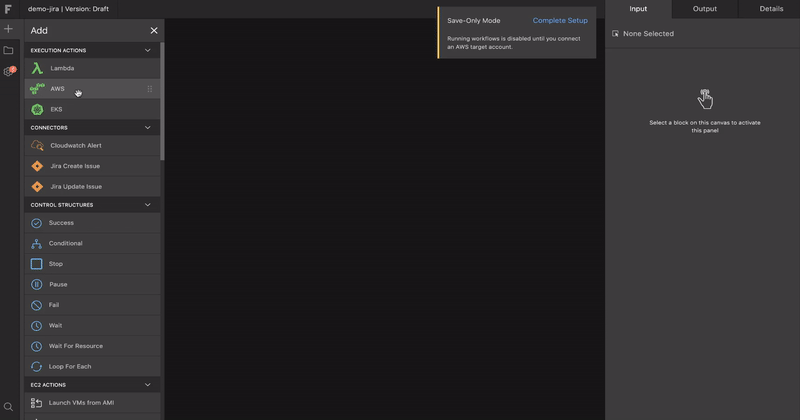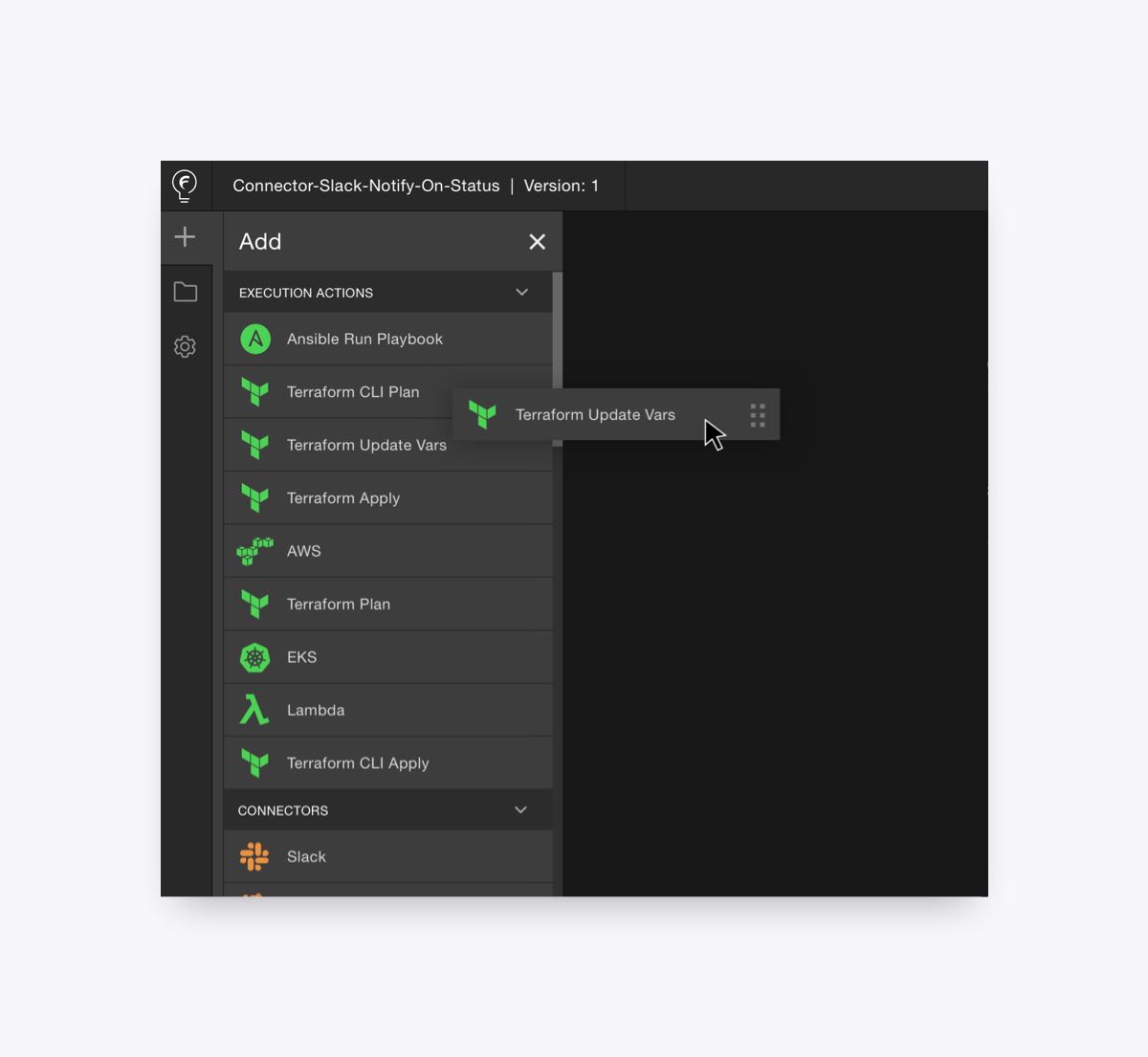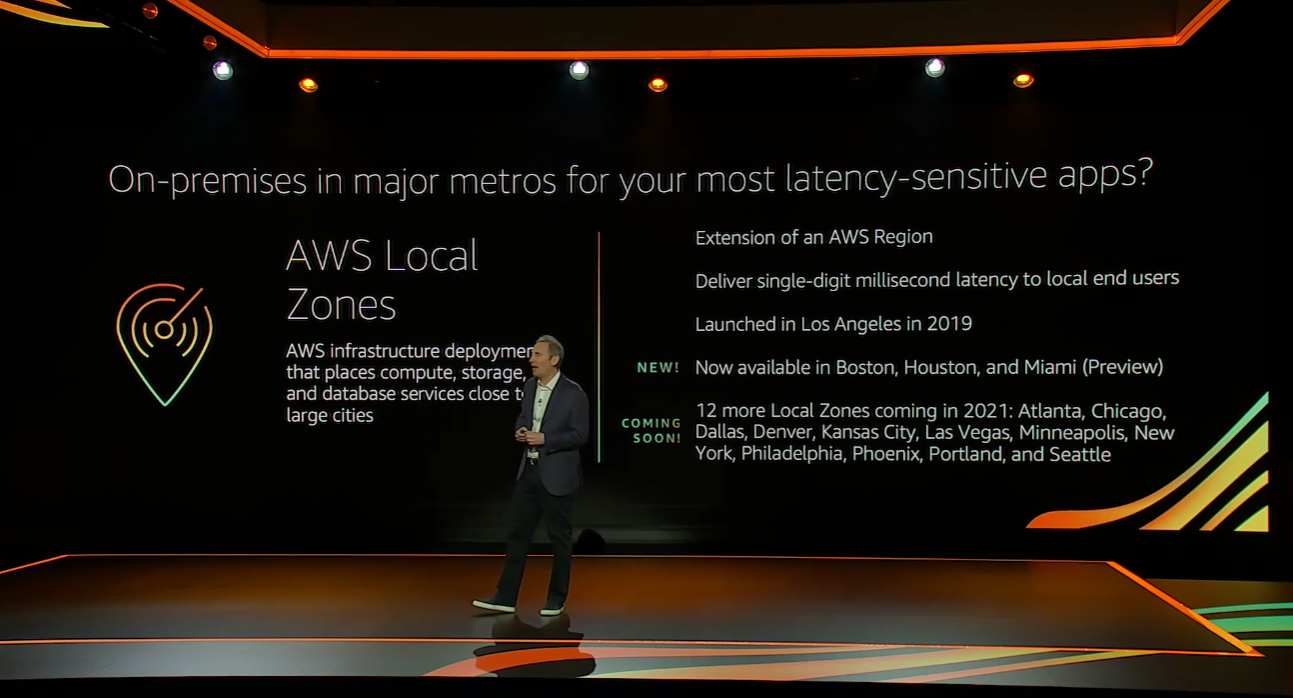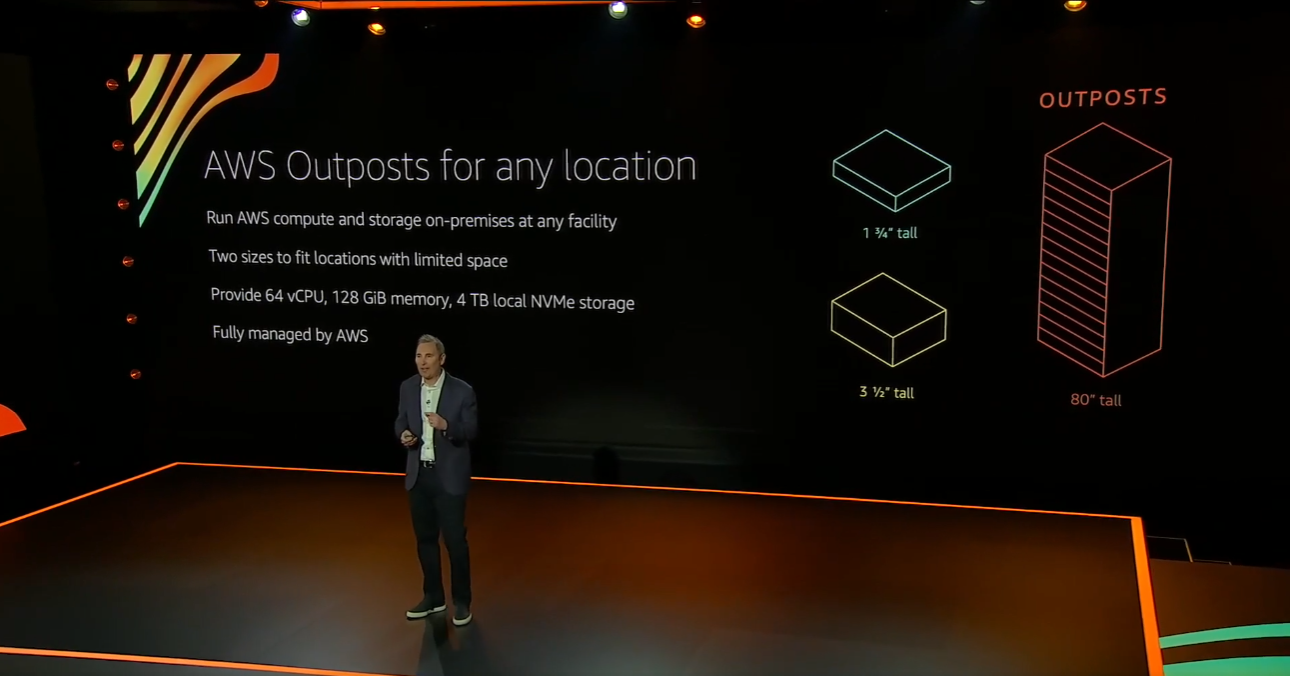Welcome to TechCrunch’s 2020 Holiday Gift Guide! Need help with gift ideas? We’re here to help! We’ll be rolling out gift guides from now through the end of December. You can find our other guides right here.
Like plenty of others, I dug much deeper into the great outdoors and camping this summer amid social distancing restrictions. It’s pretty easy to stay COVID-safe when you’re several days’ wander into the wilderness. Whether it’s a fun day hike, a car camping excursion or a multi-day backcountry backpacking trip, there’s plenty of great camping and hiking gear that can make life easier for the outdoors person (without going overboard).
I bought a ton of camping gear online this year. I had the fortune of timing a 40-mile backpacking excursion through the Los Padres national forest with one of REI’s annual sales, a time when the majority of online camping retailers also tend to offer steep discounts on their stuff. Most of my gear was optimized for backpacking and I ended up replacing most of my decade-old gear with some lighter, better-quality stuff. Backpacking leaves room for fewer luxuries, but add a few car camping trips and you’ll see the fun in bringing in the nice-to-haves to your outdoors gear repertoire.
With camping gear, you can almost always find a good sale on any individual item during the year so stay patient and keep an eye out. Plenty of sites offer one-off discounts for first time buyers or have pretty reliably timed, wide-ranging seasonal sales so if you’re smart about your purchase you can get it at a discount.
One note to hammer home: when buying gear, one of the main things to consider is whether you anticipate getting bit by the backpacking bug. It’s not always easy to tell ahead of time, but if you do think you’ll end up using your gear on backpacking trips, you’ll want to account pretty heavily for the weight of any new gear. You can certainly upgrade later too, but it’s always good to future-proof when you can. If you’re just planning to hop into the car and hit up a nice drive-in campsite, you have a lot less to worry about in terms of size and weight restrictions which makes things much simpler.
These are all things I bought with my own money or am planning to buy at some point, so no sponsored suggestions here. That said, this article contains links to affiliate partners where available. When you buy through these links, TechCrunch may earn an affiliate commission.
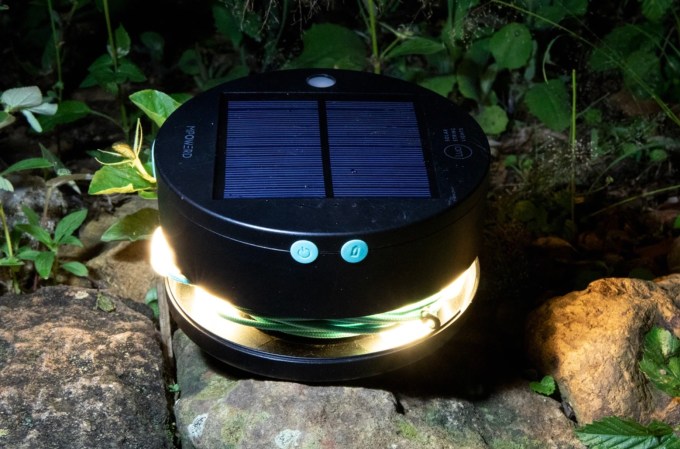
Image: MPOWERD
When it comes to camping, light can really expand your options for what you can do at night. I’ve been one to rely on campfire light during the evenings but with campfire bans hitting plenty of campsites in California this season, I upped my lighting game this year.
These string lights come in a nicely designed package and are perfect for adding some ambiance and solidly bright light to your campsite. They’re a bit of a luxury but they provide a good bit of light on multiple brightness settings. The company now also makes a version with colored lights if you want to get festive.
They lights do suck up a decent amount of power so they may only last you a night or two on a single charge depending on your usage, but the handy built-in solar charger can help there. Truthfully I’ve always had mixed success with relying on solar charging, so I might save this one for the car-camping trips where you have easy access to somewhere to charge the light with its integrated USB cable.
Price: $28 from Amazon
Sea to Summit dry sacks

Image: Sea to Summit
Though mobile gear is increasingly gaining waterproof IP ratings, especially when it comes to higher-end camera gear, not everything is friendly with moisture. One purchase I made this year that felt like a no-brainer was a set of small dry-bags. They are certainly a more expensive option than the humble zip-locks which I’ve been using for years, but while a wet roll of toilet paper or map can be a bummer, a wet mirrorless camera is a disaster.
Dry bags keep the wetness out. They’re also just a nice and functional organizational tool to keep all of your tech gear together and protected from the elements. Earlier this summer I bought this small 3-pack which is sized perfectly for the tech gear I tend to bring along. Later I bought a much larger 35L sack to house gear like my sleeping bag and clothes that I really need to keep dry while hiking through river beds or while it’s raining.
I opted for a set of Sea to Summit bags which seem to be the gold standard, but if you search for dry bags on the web, you’ll come across plenty of sets with some good ratings. Just be sure to peruse the reviews to get a sense of their durability which is the only thing that matters.
Price: $43 from REI
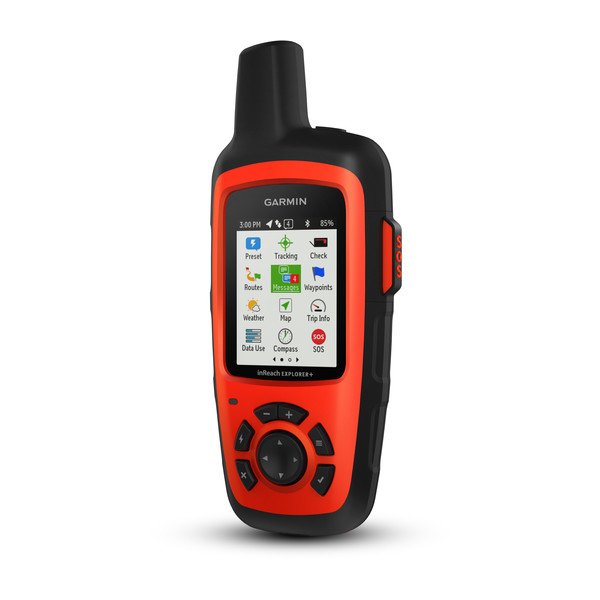
Image: Garmin
I have two big items on my next wish list for backpacking gear upgrades to make before next season. One is a bear can to stuff my food and toiletries into when backpacking through Tahoe’s Desolation Wilderness as I soon hope to. The other is the inReach Explorer+. I’ve relied on friends with handheld GPS units in the past but Garmin’s option, which seems to be quite popular, bundles a GPS unit with a phone that operates on a satellite network.
You need a plan for the device to use the satellite network, which you can activate on a monthly basis whenever you need it. That network is good for a couple things: sending off text messages with GPS points to friends and relatives so they can see your progress and know you’re safe, while also being able to reach the outside world if you find yourself in an emergency and might need to be rescued. While these evacuations are assuredly going to be a pricey affair, it’s never worth gambling with your life or opting for a backup plan that you might not make it back from.
Garmin also sells a mini version of the inReach that eschews GPS navigation and a decent screen size for a much smaller footprint, more of a “don’t use it unless you absolutely need to” version. I will also quickly note that satellite phones are actually illegal to have on you in some countries so be sure to check out whether that’s the case before you pack one in your bag.
Price: $450 from Garmin
Helinox Chair Zero
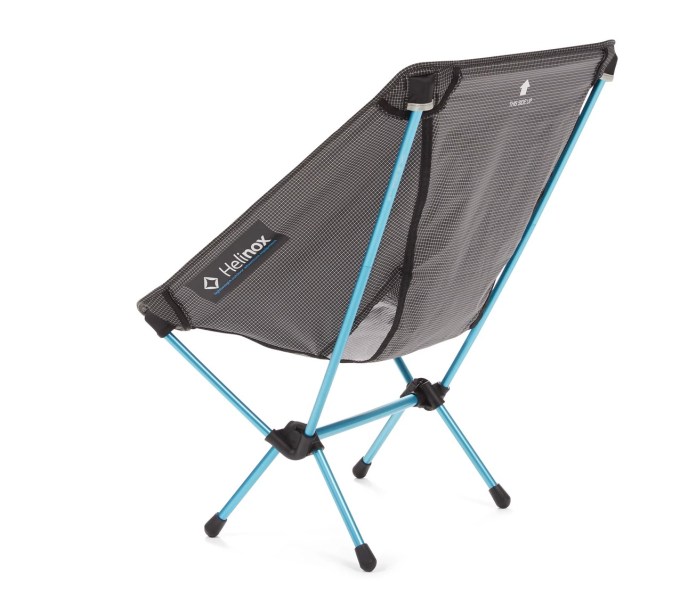
Image: Helinox
These chairs are probably some of the best things I’ve ever purchased. Oddly, I actually haven’t used them that much while backpacking, which seems to be the intent of the product given how light they are at just over 1 pound, but they’ve been amazing for tossing in a tote bag for a day at the park.
I’ve gotten so much use of them partially because I live in a city and don’t own a car. If I had a car, I might just opt for a larger and cheaper folding chair that I could keep in the trunk. That said, what’s great about these is that they are light enough to bring backpacking — though they are definitely still a luxury item to bring along. My one complaint is that these chairs don’t play so nicely with the sand or mud so you want to find a fairly hard surface to set them up on if you want to feel fully secure placing your full weight on these tiny chairs.
I got these for about half-off when I bought them, but there are definitely cheaper options than those from Helinox if you can’t find a deal and don’t mind an extra pound of weight or so. I have friends who are particularly big fans of the REI versions.
Side note: this year I also found a deal on a lightweight Helinox hard-top table which has been great for playing board games on or setting up a cook station.
Price: $150 from Amazon
A giant duffel bag
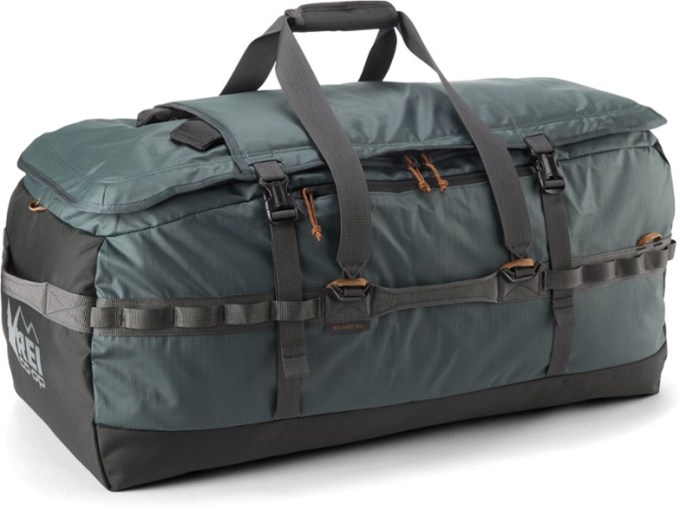
Image: REI
One of the big issues with amassing a collection of camping gear is storing it all during those non-camping months. The best solution for this is a big ‘ole duffel bag. They’re great to store your gear in, and it’s so easy to just toss a duffel in your car when you’re ready to go camping and not have to deal with a dozen little trips to the car and back.
I ended up buying a 90-liter REI bag during a sale, but I’ve seen great things on the bags from North Face and Patagonia as well. This size fits a ton and has the added advantage of being just about the maximum size for a standard checked bag on a flight, anything larger will require an oversized baggage fee. These bags all go on sale in pretty often so I wouldn’t rush into buying especially if you don’t need one ASAP.
Price: Varies; the one above is $140 right now from REI
Travel chess set
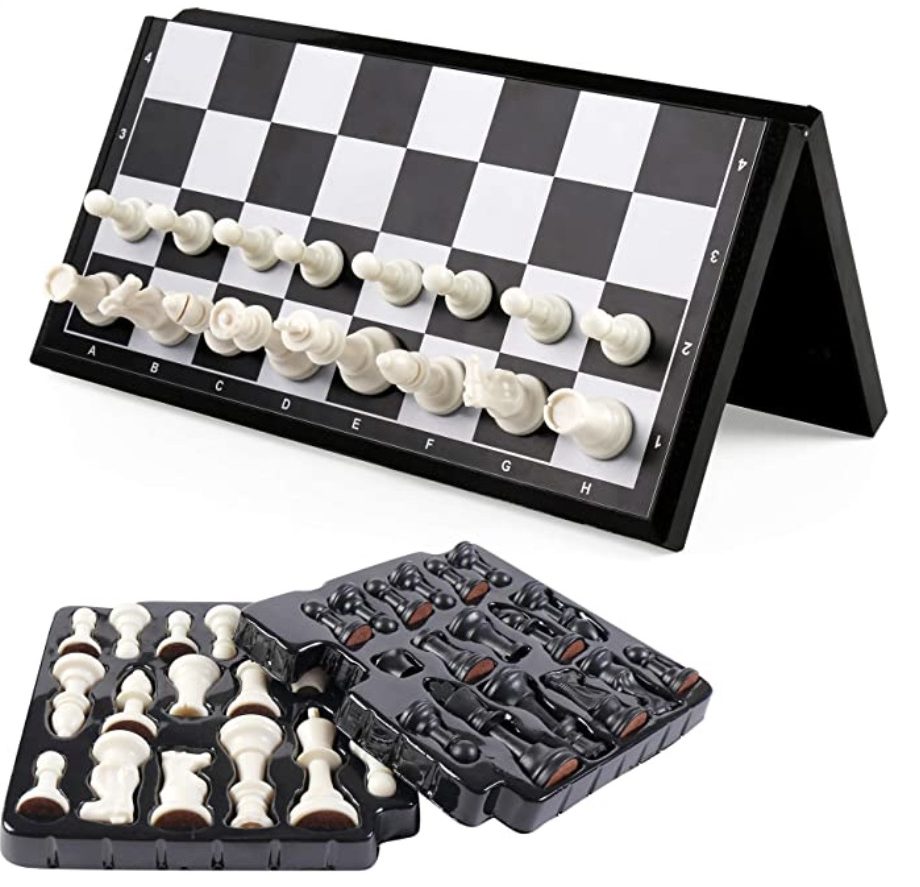
Image: Kidami
Cards are great, but sometimes you want to spice up your options for games. For those of you who have just binged through Queen’s Gambit, I’ll recommend searching for a good travel chess board.
I ended up going for this very random travel chess set on Amazon because the magnetic board made me feel confident I wouldn’t lose all of the pieces immediately. It’s not the most high quality-feeling but the price was right and it strikes a good balance. There are definitely plenty of options that are more robust or more lightweight.
Price: $18 from Amazon
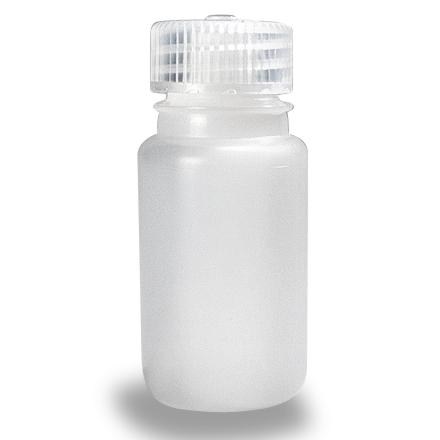
Image: REI
One thing every camper should have in their gear collection is a bunch of different sized mini Nalgene bottles. These things are great and can hold your soap, shampoo, oil, sauces, booze and other liquids securely and (as long as you’re religious about tightening the screw-top bottles) can ensure that you won’t have any accidental spills.
I use these aggressively for meal planning and measure out the various quantities of a liquid or sauce I’ll need for a given meal and toss them inside a bigger plastic bag with all of the ingredients. As such, I have a few sizes ranging from an ounce to 4 ounces. That’s not a use case everyone needs when you’re car-camping and don’t have the luxury of measuring everything ahead of time, but they’re also awesome for toiletry kits and I use the 2 ounce bottle for shampoo and soap when I’m flying and want to bring my own stuff.
One complaint is that these will hold onto the smell of some more pungent liquids even after you wash them so keep that in mind and maybe be careful to separate the ones you’re storing your toiletries in from the ones holding sauces.
Price: $2 from REI


Source: Tech Crunch




